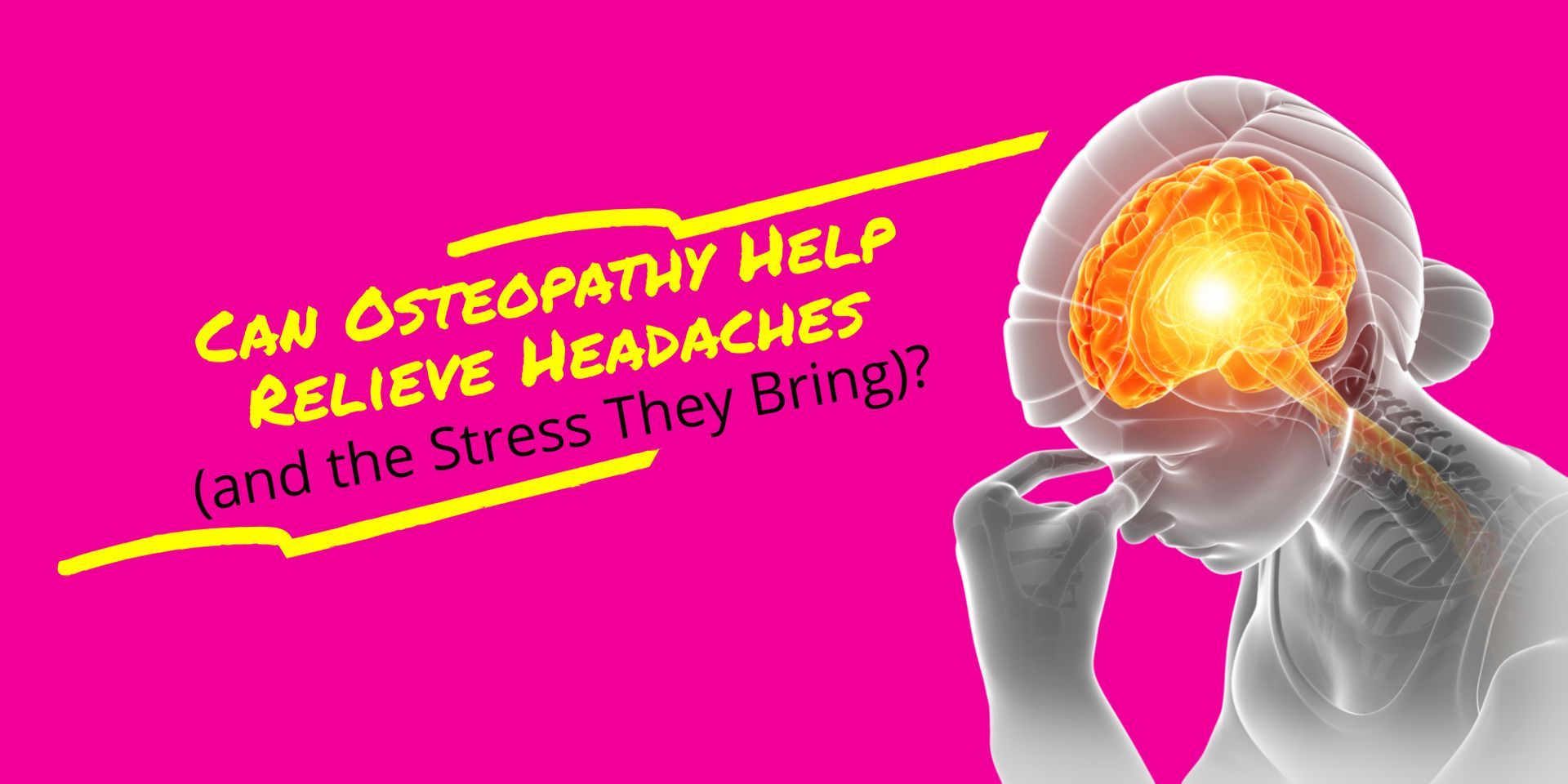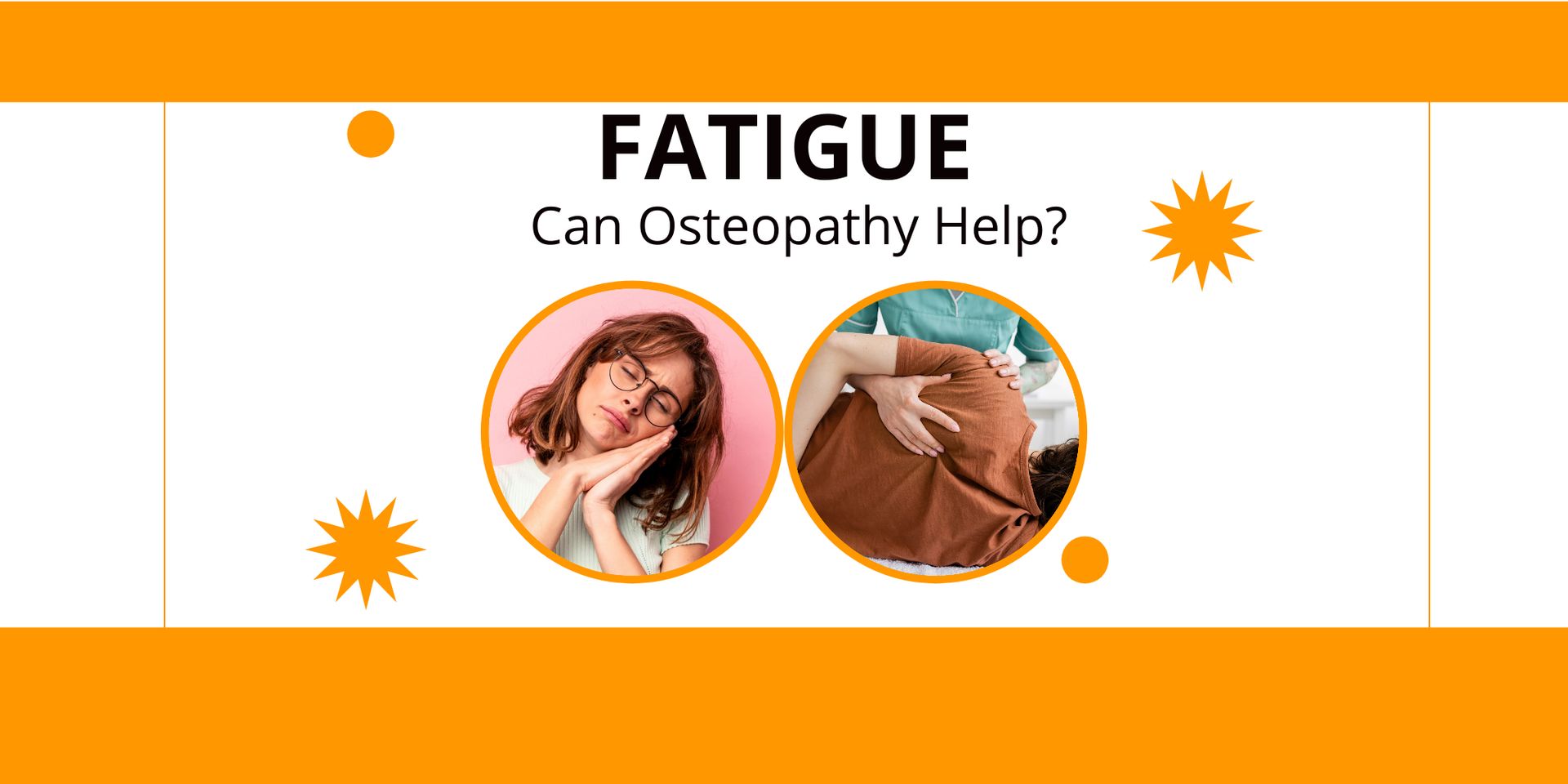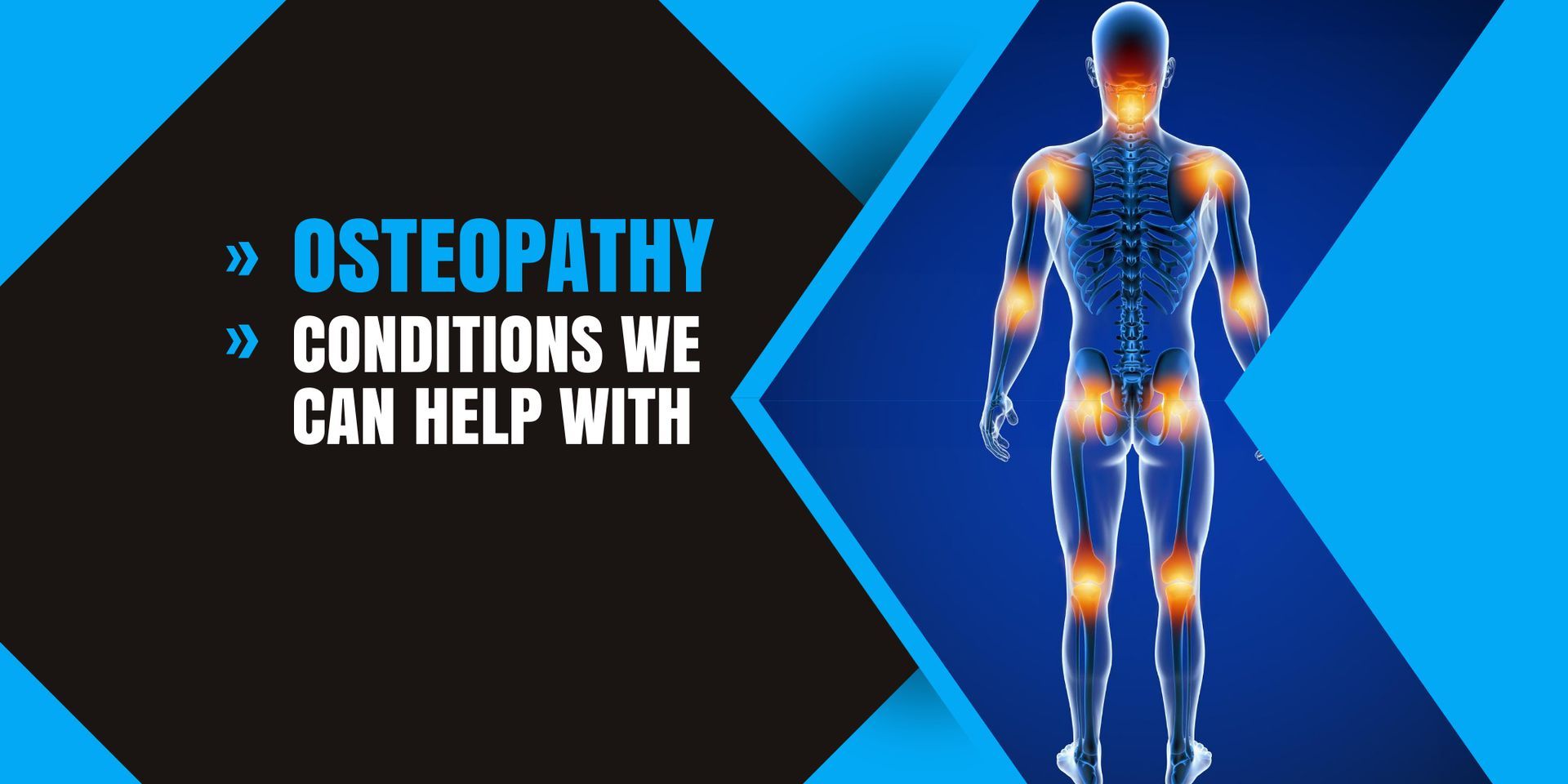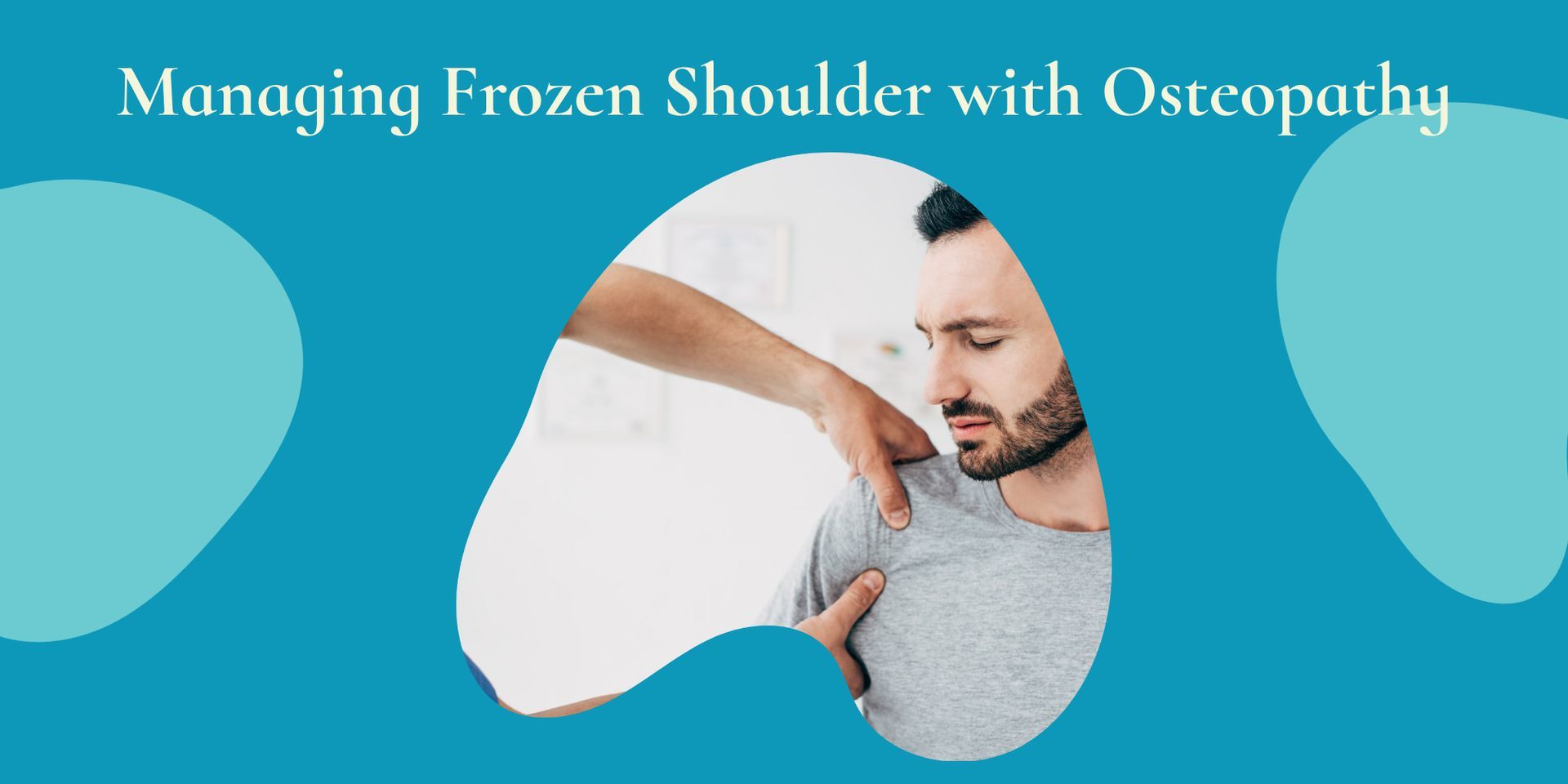What is Sacroiliac Joint Dysfunction and can osteopathy help?
Will osteopathy help Sacroiliac Joint Dysfunction
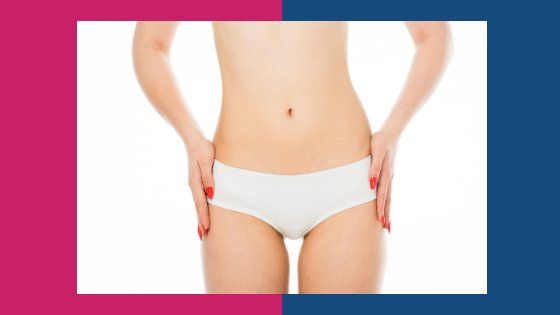
Who is prone to suffer?
Sacroiliac pain can be experienced by anyone but especially older people and those who play sport. It is usually located on the left or right side of the lower back and is sometimes experienced as a band of pain across the lower back area.
The level of pain or discomfort reported differs from individual to individual. Some sufferers describe the sensation as more of an ache while others say it is a sharp pain. Both usually restrict movement.
Sacroiliac joint pain radiate out into the buttocks and lower back and can frequently release pain signals to the front of the groin area and testicles.
Diagnosis
Sacroiliac injury can be very difficult to diagnose because its symptoms are similar to many other back injuries. Sufferers sometimes report experiencing lower limb pain which can be mistaken for sciatica (sciatica is a common form of back pain caused by compression or irritation of the sciatic nerve).
The condition is also confused with spine complaints such as disc herniation and facet syndrome. A true diagnosis is only achieved through physical examination to determine the source of the pain being experienced.
There are four typical causes for Sacroiliac joint pain; traumatic, biomechanical, hormonal and inflammatory joint disease.
Trauma often occurs from an impact injury such as landing hard on the buttocks. Such an injury usually causes damage to the ligaments which play a supportive role to the joint.
Biomechanical injuries are injuries relating to movement and can emerge over time or when an individual suddenly steps up activity level or tries a new sport. Common biomechanical SIJ injuries include a difference in leg lengths or a twisted pelvis.
Hormonal causes of SIJ pain frequently occur during pregnancy when the ligaments of the pelvis become softer and widens in preparation for birth. This stretches the ligaments and in combination with the increase weight and pressure on the spine can lead to injury and pain.
Different types of arthritis such as Ankylosing spondylitis can affect the bones and joints at the base of the spine where it connects with the pelvis, causing the SI joint to become swollen and inflamed.
Osteopathy can help to improve SIJ pain through soft tissue massage of the local muscles especially low back and buttocks, on occasion manipulation to the low back is of benefit and in all cases. Importantly, these techniques will be supported with a physical therapy exercise programme which will play an important role in the healing process.



